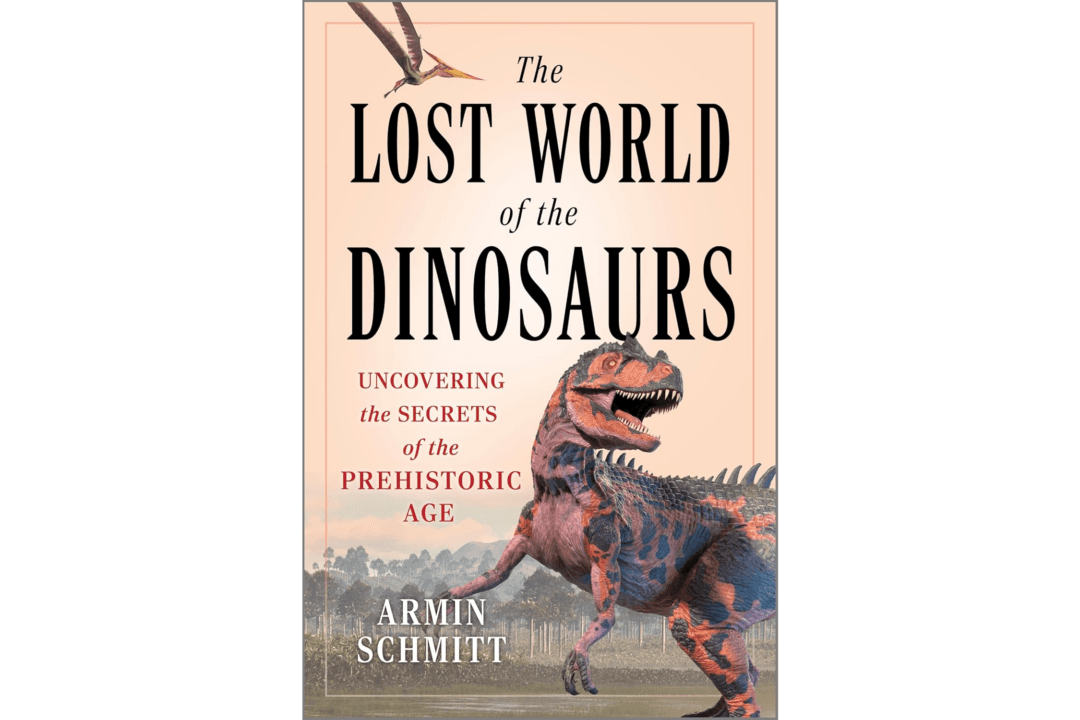Ernie Pyle was the most beloved war correspondent of World War II. He covered the war from North Africa to Northern France in the European theater before going to the Pacific to report on the Okinawa invasion.
“Brave Men,” originally published in 1944, is a classic collection of Pyle’s writings. It covers his activities from the invasion of Sicily in July 1943 through the liberation of Paris in August 1944. The book was made up of his newspaper columns. Some were updated to reflect changes since he wrote them, noting what happened to those he had written about.
In the book, he lives in many different places: aboard a landing ship tank headed to Anzio with engineers; with an infantry company and artillery unit in Italy; among the aircrews of dive bomber, light bomber, and medium bomber units in Italy; and with anti-aircraft units in France. He then told the stories of the men (and occasional women) who belonged to each place, relating nothing grand, just the everyday experiences of life.

Pyle’s style is what made him so popular back then and is why he is still worth reading today. He looks at the war from a retail level. He mentioned those he encountered by name, giving their hometown, and occasionally their street address. (Modern readers can look them up on Google Earth and wonder whether today’s residents know of its heritage.) His prose is straightforward and spare, highly readable.
Most of those he wrote about weren’t famous. A few, such as Bill Mauldin, were becoming famous. Others, such as future sportscaster Lindsey Nelson, would become famous in the 1950s through the 1970s, but others were unknown GIs in World War II. (Internet searches on names Pyle mentions sometimes yield interesting surprises.)
The book contains some of Pyle’s best writing, including his best-known column, “The Death of Captain Waskow.” It follows a pattern pioneered by Pyle pre-war, roving the United States, looking for ordinary people with interesting stories. It was a format followed by Charles Kuralt postwar and Salena Zito today.
“Brave Men” is being re-released in a new edition with an introduction by Pyle biographer David Chrisinger. It’s worth reading or reading again. It’s a reminder of the best in America back in the 1940s. Yet much of what he writes about still exists in today’s small-town and rural America.






